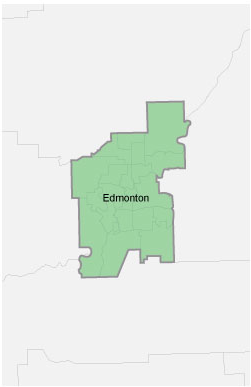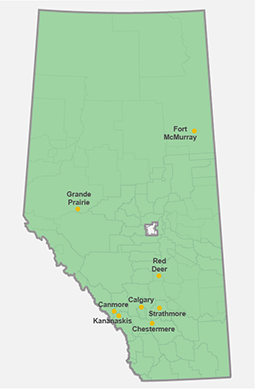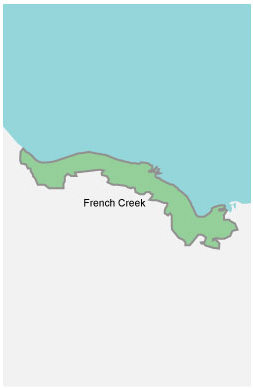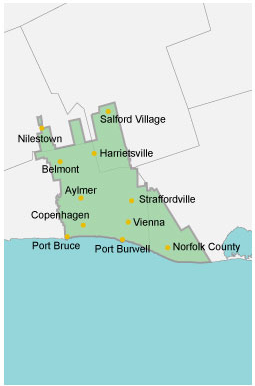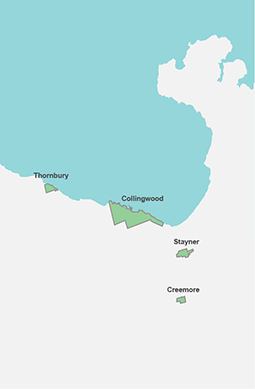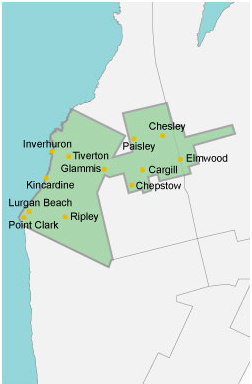We recognize the archaeological and historical significance of the sites of the plants, which predate the City of Edmonton itself. It was important to EPCOR that we seek out, hear, and include the perspectives of more than 30 Indigenous Nations and communities with an interest in these lands and will continue these conversations throughout this project.
We gathered Indigenous feedback and responses through in-person walking tours, virtual information sharing and guidance-seeking workshops, monitoring activities and one-on-one conversations.
Did you know?
EPCOR is aligning with the principles of OCAP® (Ownership, Control, Access, Possession) for this work, and continues to work with participating Knowledge Keepers and Indigenous Nations and communities to ensure protocols are in place for appropriate management of the Indigenous knowledge that is shared.
The following themes emerged through Indigenous engagement:
- The importance of Water
- Consideration for the Environment, tree removal, replanting
- Allowing for interaction with the land, maintain harvesting opportunities
- The many histories and stories of the areas
- The importance of Treaty
As we move forward, we will continue to work with Nations to address these key themes. EPCOR will prioritize reconciliation: working collaboratively with Indigenous Peoples to reconnect with their historic lands, by creating opportunities for monitoring archeological work, shared learning, conducting ceremony, and traditional plant harvesting.
